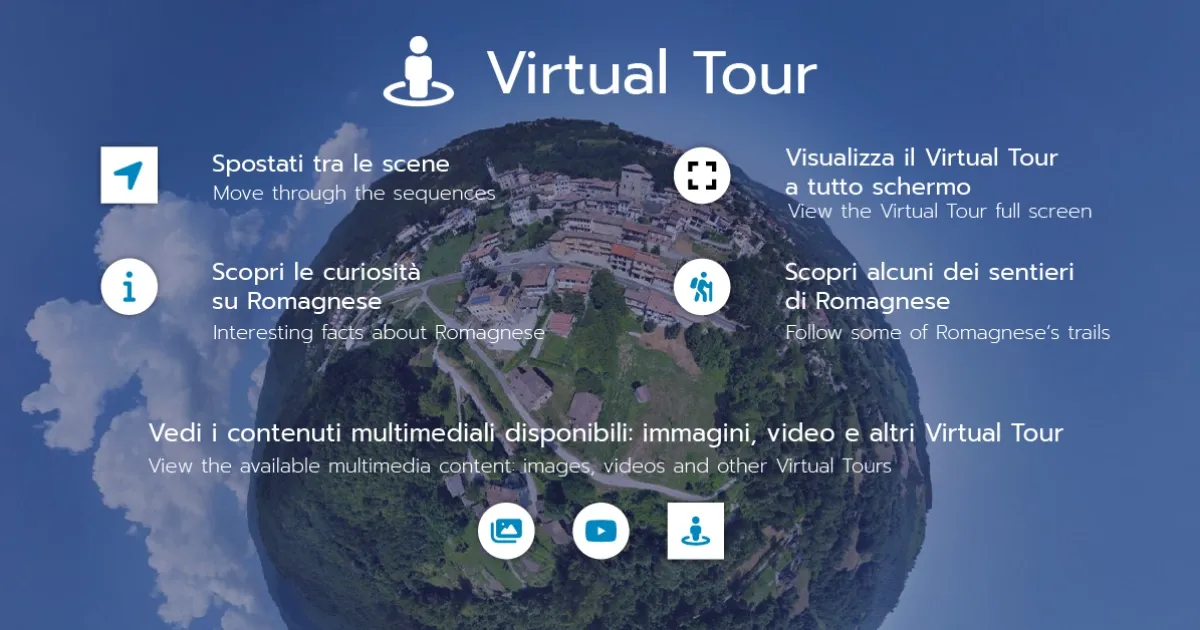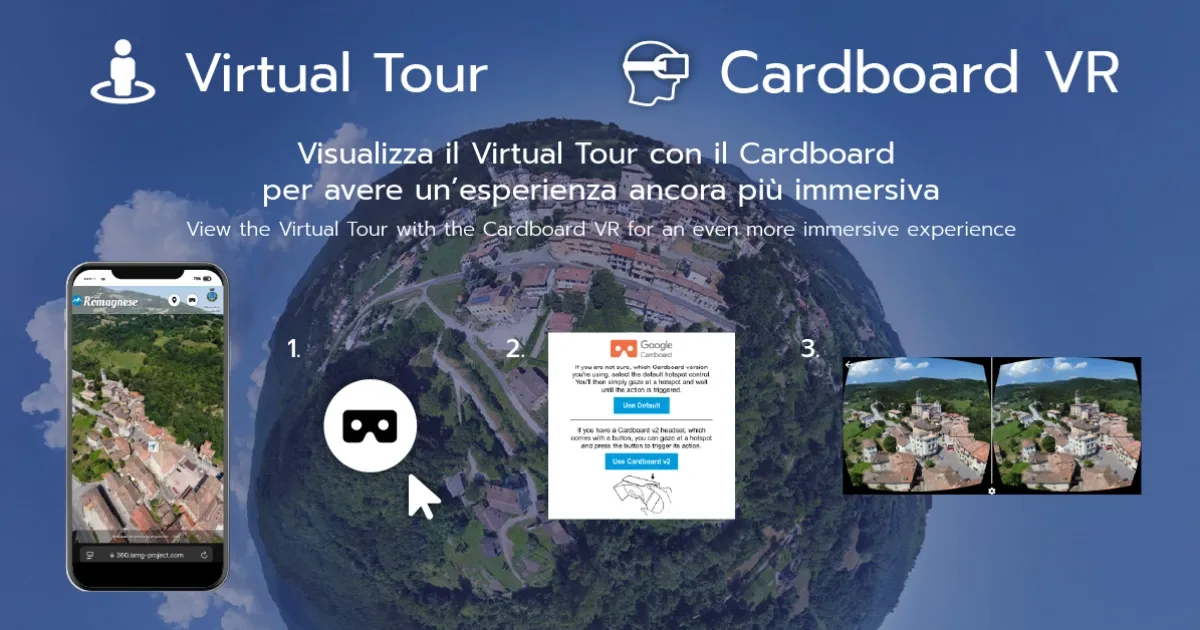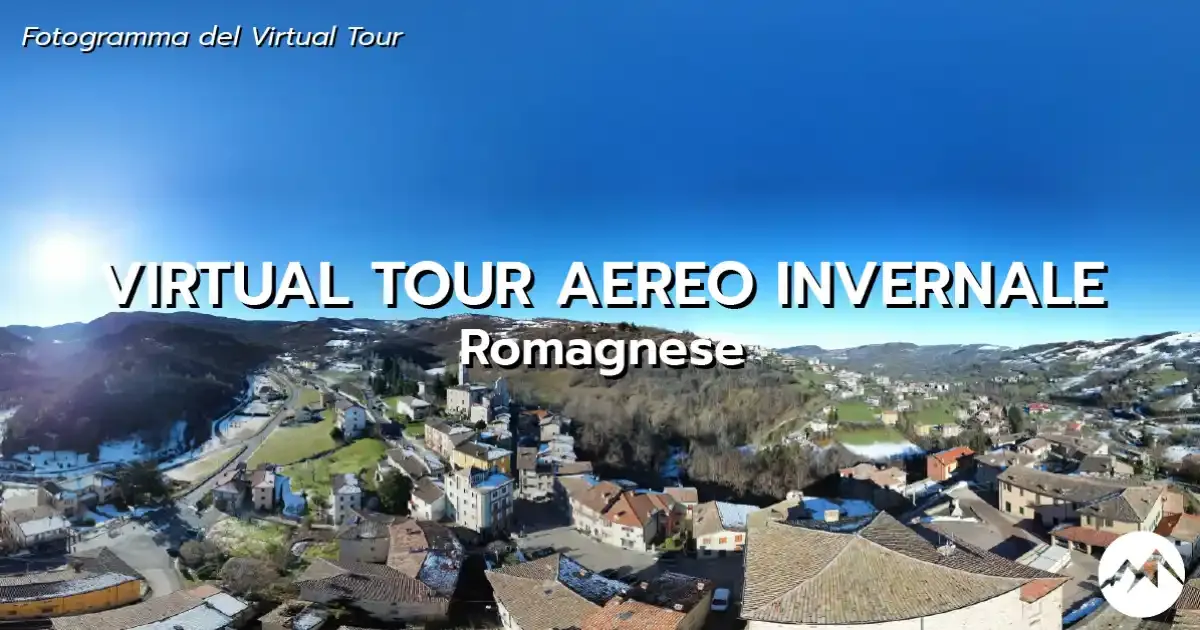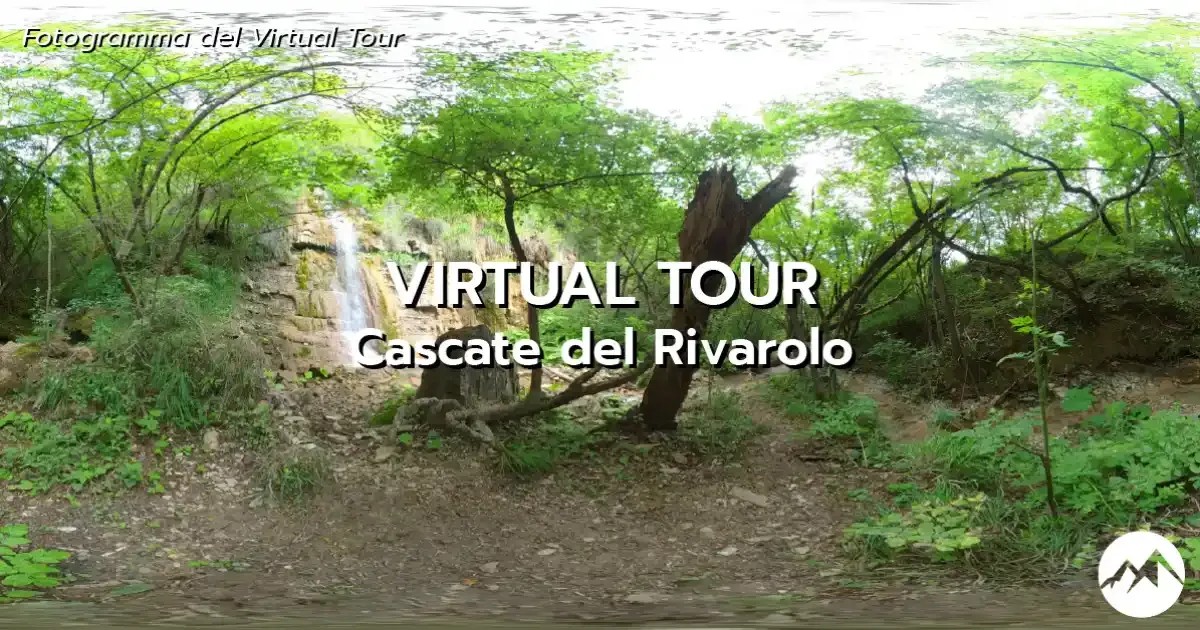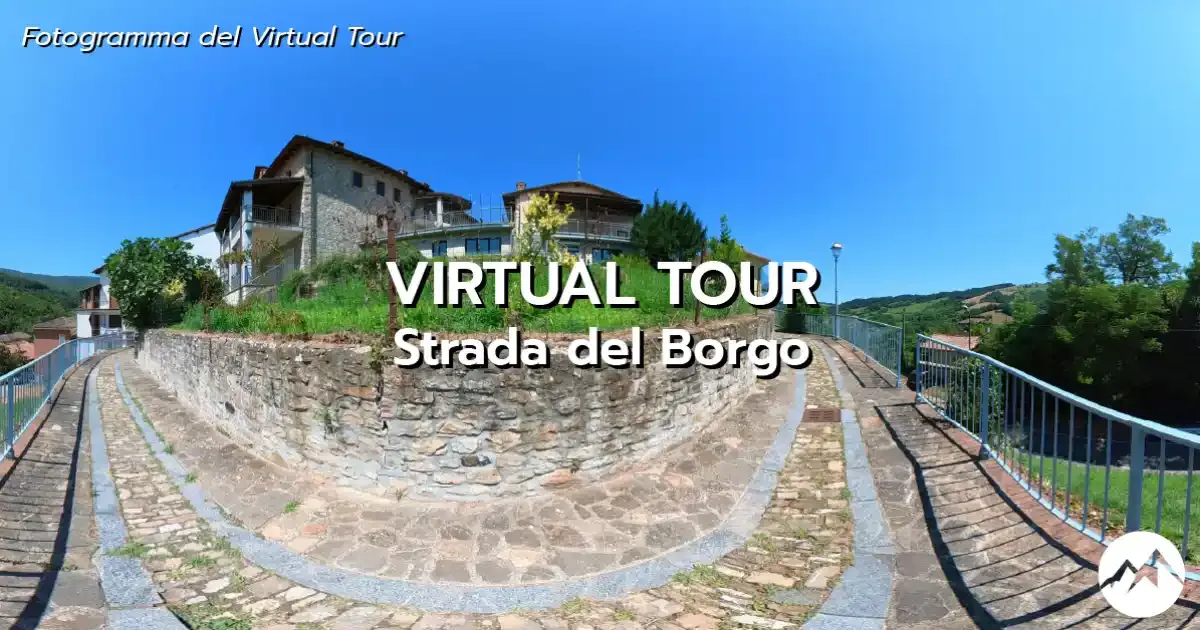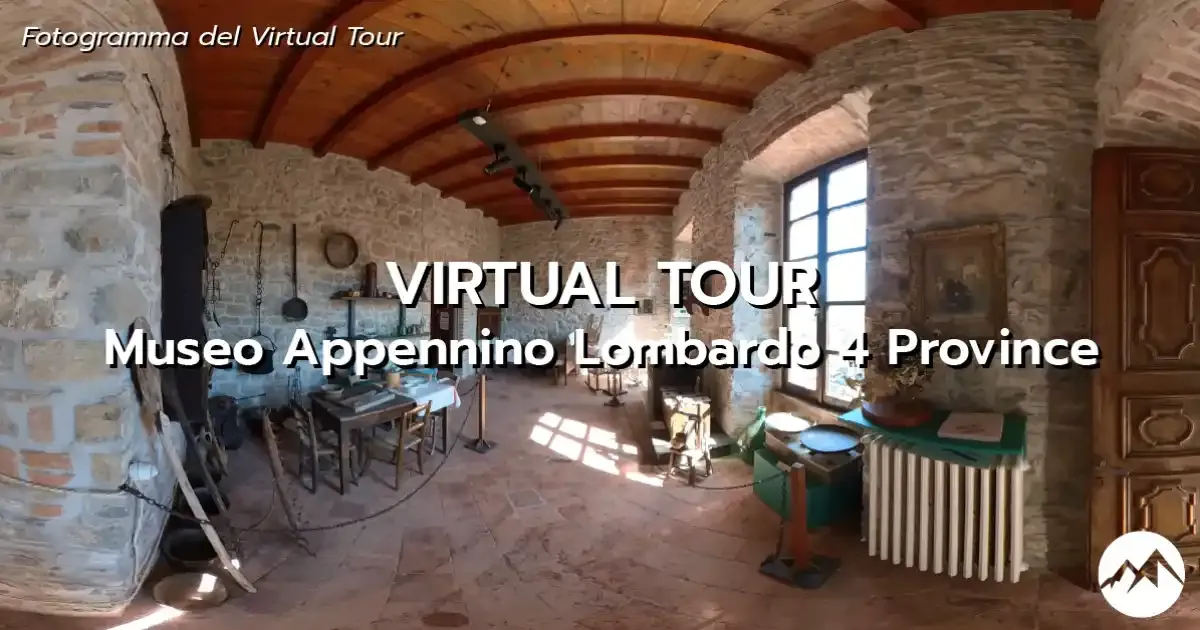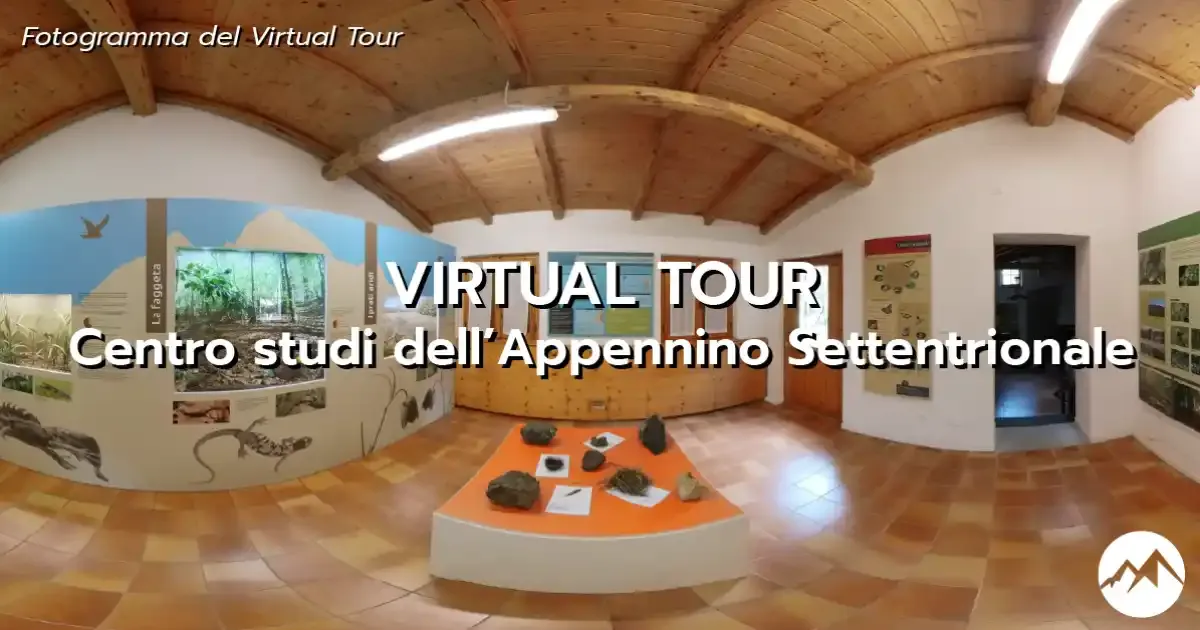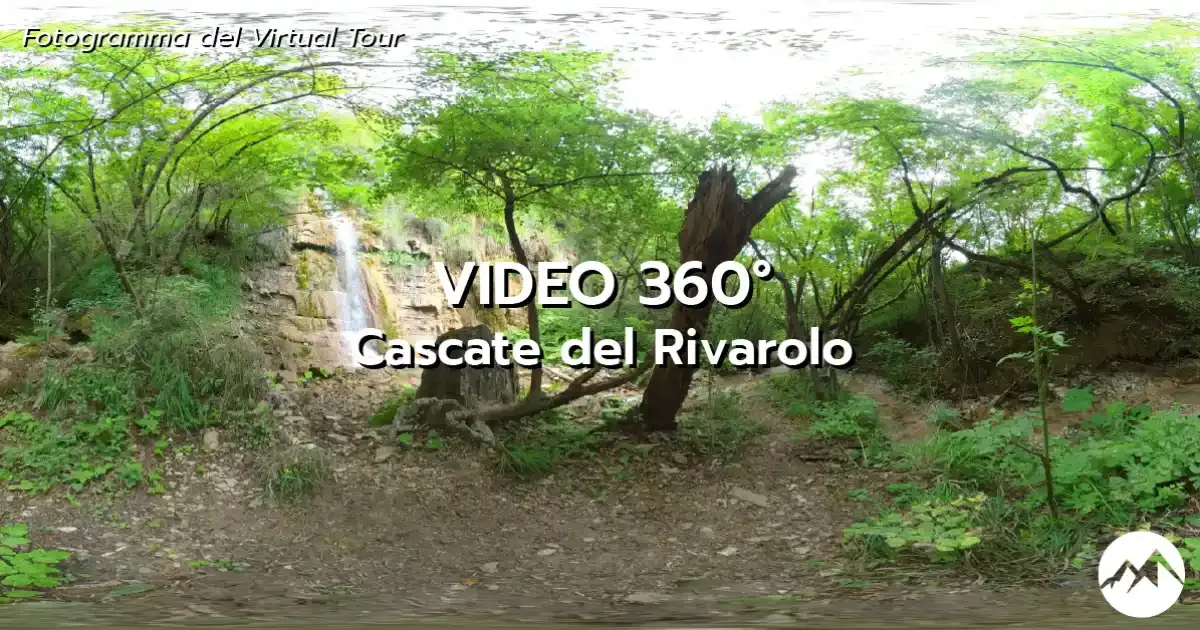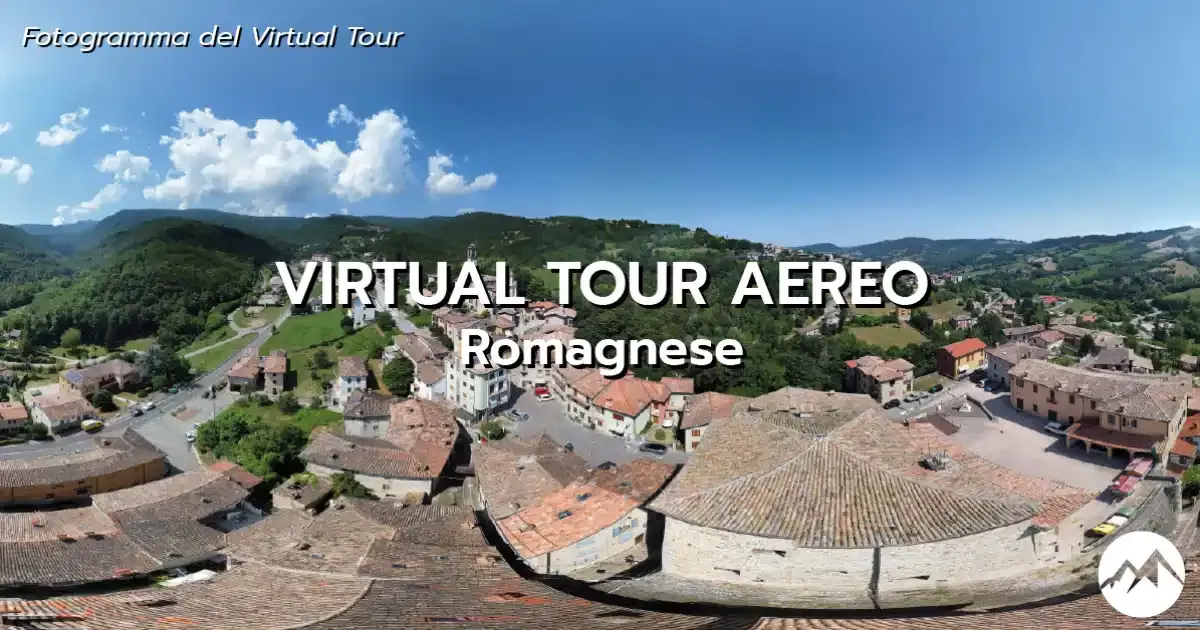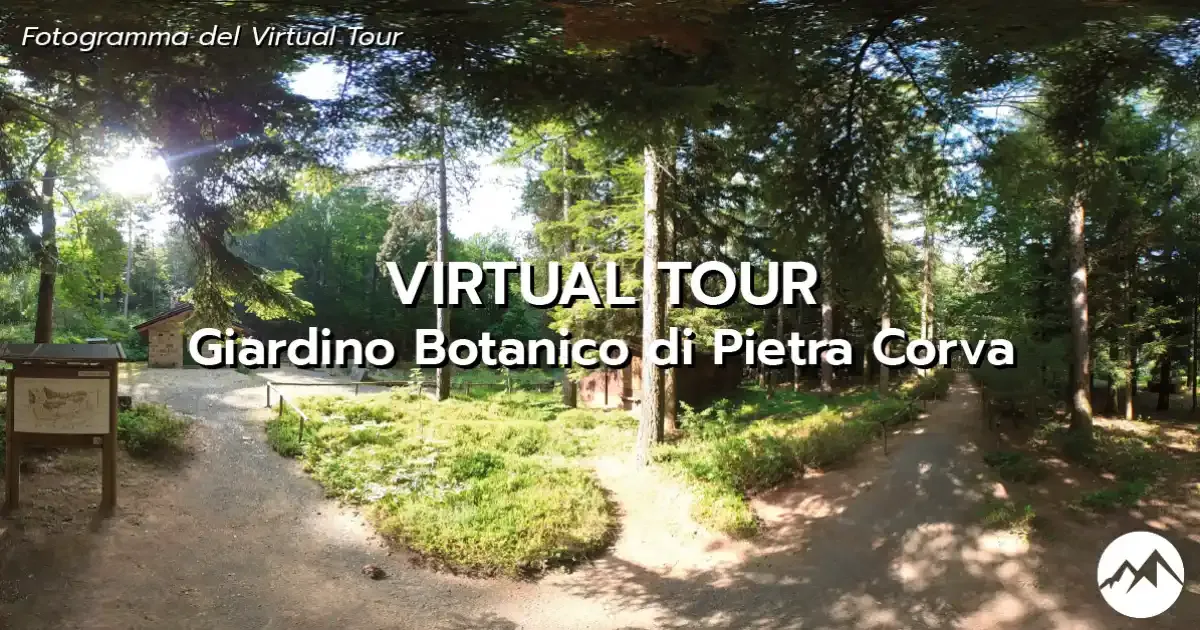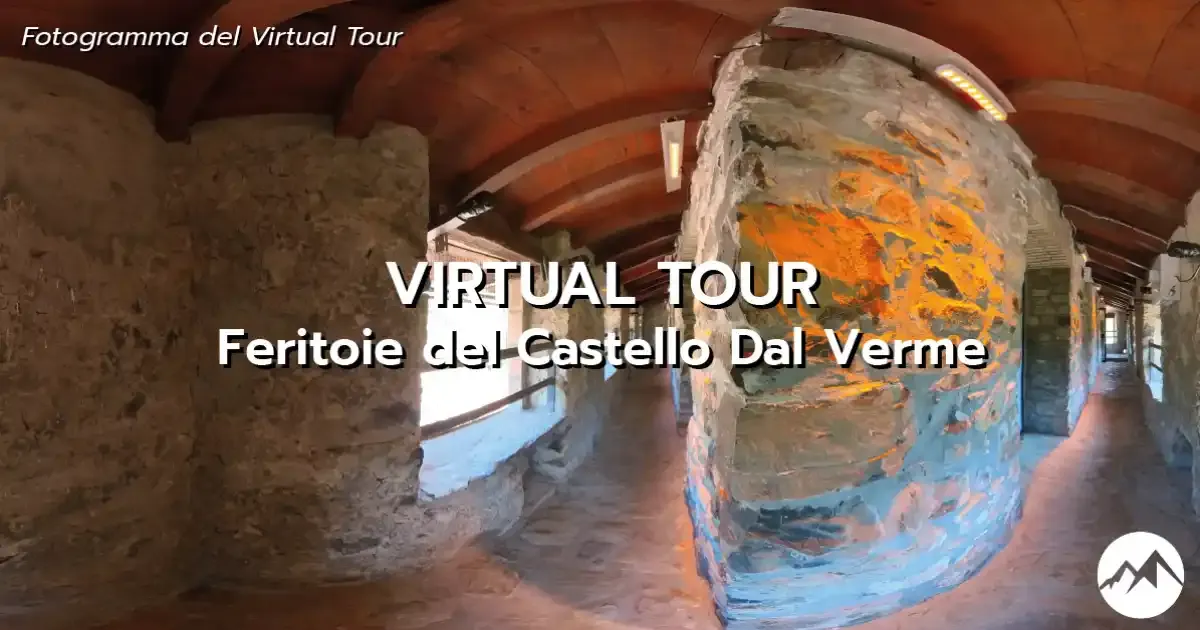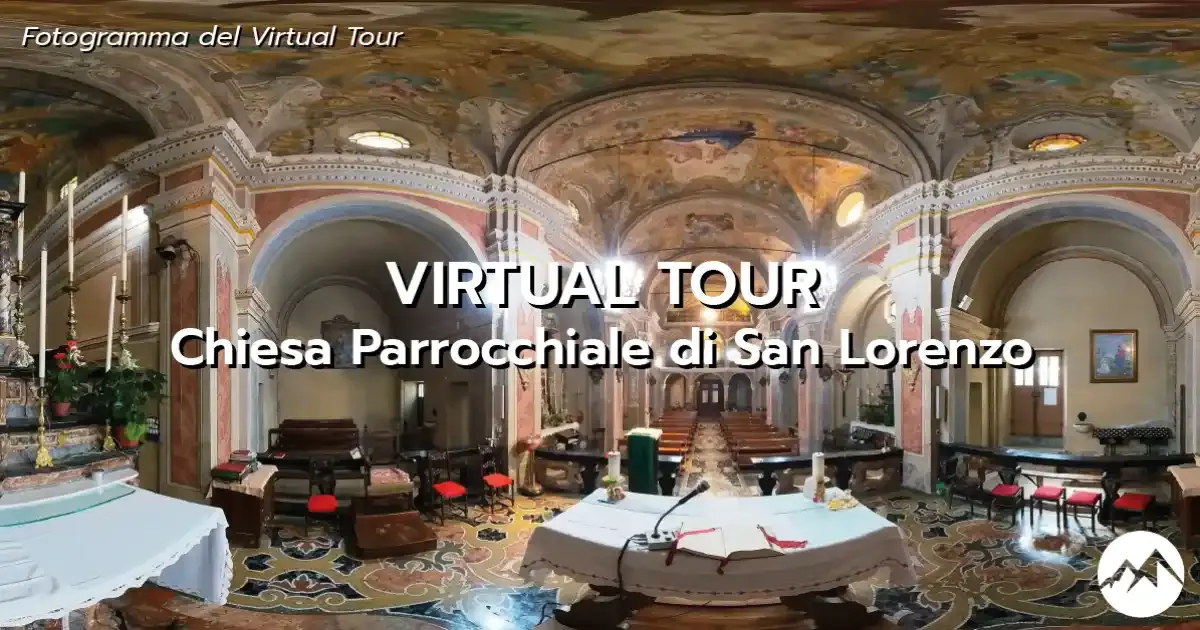Virtual Tour Aereo invernale
Scopri Romagnese d'inverno con il Virtual Tour aereo a 360°! Romagnese, incantevole borgo dell’Alta Val Tidone e cuore della Comunità Montana dell’Oltrepò Pavese, ti aspetta per un’esperienza immersiva tra natura e storia.
Clicca e guarda il Virtual Tour
Clicca e guarda il Virtual Tour
Virtual Tour Cascate del Rivarolo
Le incantevoli Cascate del Rivarolo ti aspettano per un viaggio tra meraviglie naturali, storie antiche e suggestive leggende.
Clicca e guarda il Virtual Tour
Clicca e guarda il Virtual Tour
Virtual Tour Strada del Borgo
Romagnese prezioso borgo per chi cerca tranquillità e bellezza in ogni stagione grazie alla sua natura incontaminata. Vivi l’atmosfera autentica del borgo con il virtual tour a 360° della Strada del Borgo.
Clicca e guarda il Virtual Tour
Clicca e guarda il Virtual Tour
Virtual Tour M. AP. LO 4P
Il Museo di Arte Contadina di Romagnese, dal 2019 rinominato M.AP.LO 4P (Museo Appennino Lombardo 4 Province) dopo una rivisitazione degli spazi e una implementazione multimediale, si trova nella Torre del Castello Dal Verme, sede degli uffici comunali e di Associazioni del paese (Pro loco, Croce Azzurra, Alpini).
Clicca e guarda il Virtual Tour
Clicca e guarda il Virtual Tour
Virtual Tour Centro studi dell'Appennino Settentrionale
Il Centro Studi dell'Appennino Settentrionale è stato relizzato per favorire, sviluppare e realizzare attività di ricerca, educazione ed informazione sull'ecosistema naturale appenninico nonché attività di studio della biodiversità del territorio limitrofo.
Clicca e guarda il Virtual Tour
Clicca e guarda il Virtual Tour
Video 360° delle Cascate del Rivarolo
Nascoste tra le verdi colline dell’Appennino Pavese, nel cuore del comune di Romagnese, si trovano le incantevoli Cascate del Rivarolo, un luogo di rara bellezza naturale che racchiude al suo interno storie antiche e suggestive leggende.
Clicca e guarda il Video 360°
Questo video è in altissima qualità. Si consiglia la visione tramite un dispositivo collegato ad una rete wi-fi.
Clicca e guarda il Video 360°
Virtual Tour Aereo
Romagnese, un borgo ameno situato nell’Alta Val Tidone, rappresenta una parte importante della Comunità Montana dell’Oltrepò Pavese, nonché un prezioso luogo di villeggiatura sia estiva che invernale grazie alla sua natura incontaminata.
Clicca e guarda il Virtual Tour
Clicca e guarda il Virtual Tour
Virtual Tour del Giardino Botanico di Pietra Corva
Il Giardino Botanico di Pietra Corva è ubicato nel comune di Romagnese, a 950 m di altitudine sulle pendici del Monte Pietra di Corvo, un suggestivo e dirupato affioramento di scura roccia vulcanica.
Clicca e guarda il Virtual Tour
Clicca e guarda il Virtual Tour
Virtual Tour delle Feritoie del Castello Dal Verme
Nel cuore di Romagnese, nella parte alta che domina la Val Tidone, si erge il Castello Dal Verme, oggi sede del Comune di Romagnese. Sebbene la data esatta della sua costruzione non sia nota, si ritiene che la fortezza sia stata eretta dai Dal Verme tra il XIV e il XV secolo con scopi difensivi.
Clicca e guarda il Virtual Tour
Clicca e guarda il Virtual Tour
Virtual Tour della Chiesa Parrocchiale di San Lorenzo
Il borgo di Romagnese è dominato dalla chiesa parrocchiale dedicata a San Lorenzo. La costruzione dell'attuale chiesa parrocchiale iniziò intorno alla metà del XVI secolo, ma fu completata solo nel 1728.
Clicca e guarda il Virtual Tour
Clicca e guarda il Virtual Tour


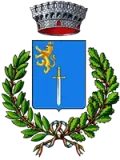 Comune di Romagnese
Comune di Romagnese

